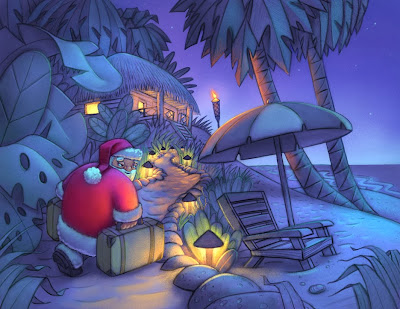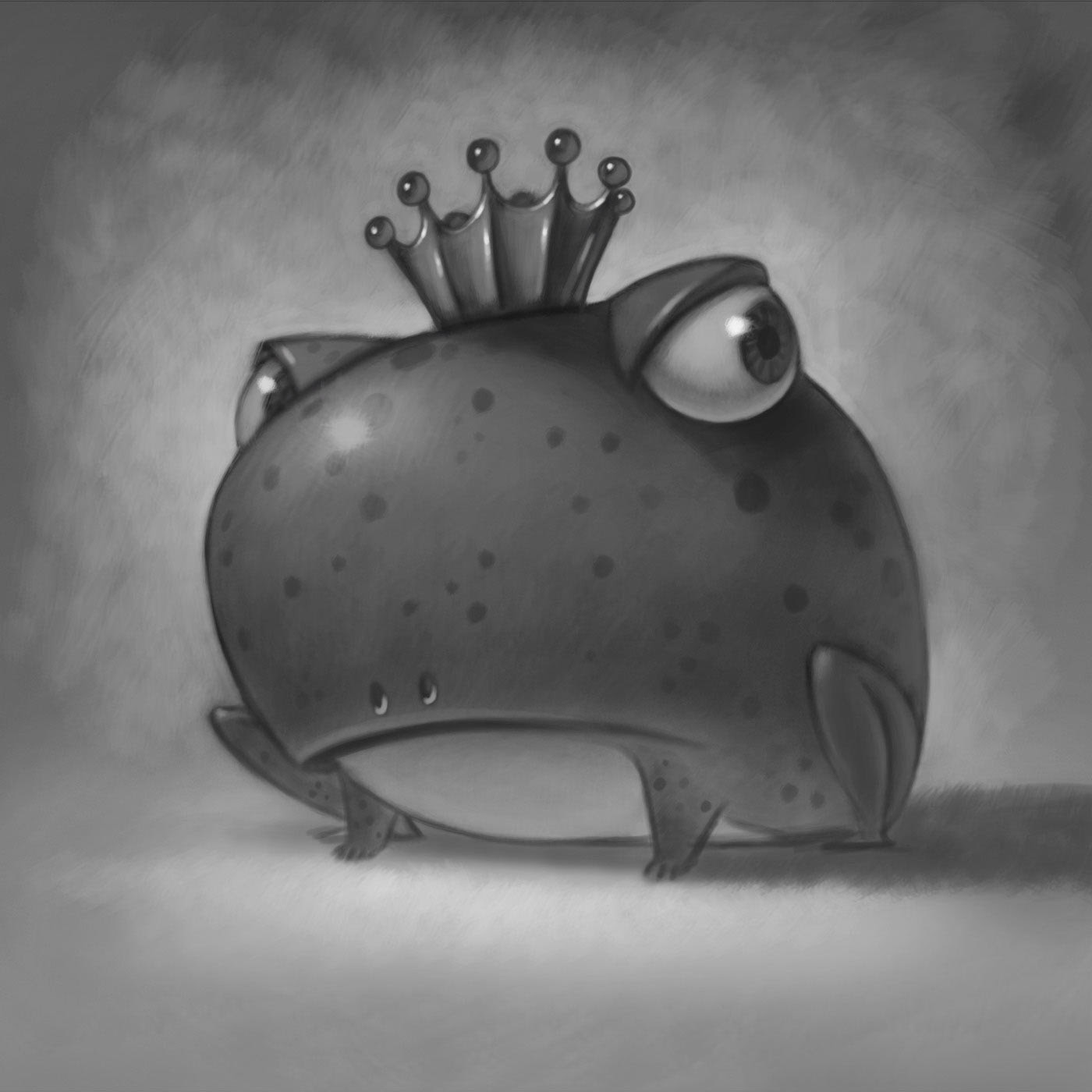Start with a good drawing.
There’s still time, to do the Coloring contest, see post.

It seldom works to start with a bad design and then just fix it with color. Good light and color will look better with a well designed drawing.
It would be nice to give you all the answers but I think I’ll give you all the questions, that way you can come up with the answers.
Things to consider for your artwork
Light and Shadow What is value and how is it used?
What are gradients and how do they work in a drawing?
Can drawings work in mostly light values, dark values, both?
Lighting shapes, What direction should my light be coming from?
How does light fall on a sphere, cube, cylinder, & human form?
What is the relationship between the darkest dark and lightest light?
Why is reflected light important to show form?
What are cast shadows and what happens to their edges?
What direction do shadows go?
What are occlusion shadows?
Painting Color, What colors should I buy or use?
Are white and black colors?
Should you ever use black?
What happens when you mix various colors?
What are cold & warm colors?
What is a vibrating color?
What are color opposites?
What’s the difference between primary, secondary, and tertiary colors?
What are tints, shades, and gradients?
What is a triad?
How can you neutralize two colors?
What’s is a complimentary color scheme and an analogous color scheme?
How can I get rich color in my painting?
Where can I learn to draw and paint better?
How can I enter the little coloring art contest for artists and illustrators everywhere?




